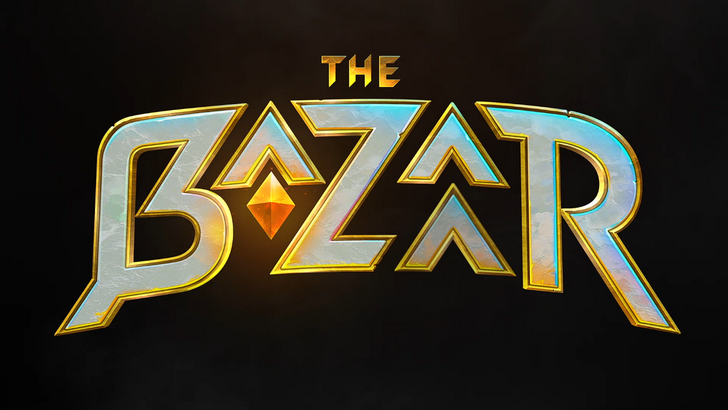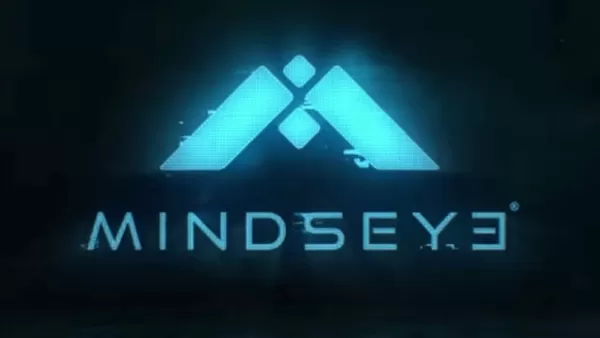What Is DLSS and Why Does It Matter for Gaming?
Nvidia's DLSS (Deep Learning Super Sampling) revolutionized PC gaming by significantly boosting performance and image quality. This guide explains DLSS, its functionality, generational advancements, and how it compares to competitors.
Additional contributions by Matthew S. Smith.
Understanding DLSS
DLSS intelligently upscales game resolutions, minimizing performance impact. Its neural network, trained extensively on gameplay data, achieves this superior upscaling. Beyond initial upscaling, DLSS now incorporates:
- DLSS Ray Reconstruction: AI-enhanced lighting and shadow quality.
- DLSS Frame Generation & Multi-Frame Generation: AI-generated frames for higher FPS.
- DLAA (Deep Learning Anti-Aliasing): AI-enhanced anti-aliasing for superior graphics exceeding native resolution capabilities.
DLSS Super Resolution, its most prominent feature, offers modes like Ultra Performance, Performance, Balanced, and Quality. These modes render at lower resolutions, then upscale to your native resolution, resulting in significantly higher frame rates. For instance, in Cyberpunk 2077 at 4K with DLSS Quality, the game renders at 1440p and upscales to 4K, dramatically improving FPS.
While DLSS surpasses older techniques like checkerboard rendering by adding detail and preserving fine elements, it can introduce artifacts like shadow "bubbling" or line flickering. These issues have been significantly reduced, especially with DLSS 4.
DLSS 3 to DLSS 4: A Quantum Leap
DLSS 4, introduced with the RTX 50-series, utilizes a Transformer model (TNN) instead of the Convolutional Neural Network (CNN) used in DLSS 3. The TNN analyzes significantly more parameters, providing a deeper scene understanding and enabling more sophisticated processing.
This leads to:
- Enhanced Super Resolution and Ray Reconstruction: Sharper images with improved detail retention and fewer artifacts.
- Multi-Frame Generation: Generates four artificial frames per rendered frame, substantially increasing frame rates.
Nvidia Reflex 2.0 mitigates potential input lag associated with frame generation. While minor ghosting can occur, especially at higher frame generation settings, it's generally manageable. Adjusting frame generation to match your monitor's refresh rate is recommended.
Even without an RTX 50-series card, the Nvidia app allows access to the improved TNN model for Super Resolution and Ray Reconstruction, as well as DLSS Ultra Performance and DLAA.
The Significance of DLSS for Gaming
DLSS is transformative for PC gaming. For mid-range or lower-end Nvidia GPUs, it unlocks higher graphics settings and resolutions. It also extends GPU lifespan by maintaining playable frame rates even with reduced settings. DLSS benefits gamers with budget constraints.
While Nvidia pioneered this technology, AMD's FSR and Intel's XeSS offer alternatives. However, DLSS 4's superior image quality and multi-frame generation capabilities currently provide a significant advantage.
DLSS's exclusivity to Nvidia cards and developer implementation is a key differentiator from FSR. While DLSS support is widespread, it's not universally guaranteed.
Conclusion
DLSS is a game-changer, continuously improving. While not flawless, its benefits are substantial, enhancing gaming experiences and extending GPU longevity. However, remember to consider the cost and features of your GPU relative to your gaming preferences when making purchasing decisions. The competitive landscape with FSR and XeSS necessitates a balanced approach.
-
1

Announcing the Bazaar Release: Date and Time Unveiled
Feb 02,2025
-
2

Marvel Rivals Update: News and Features
Feb 19,2025
-
3

Novel Rogue Decks Android Debut
Feb 25,2025
-
4

GTA 6 Release: Fall 2025 Confirmed
Feb 23,2025
-
5

Vampire Survivors – Arcana Card System Guide and Tips
Feb 26,2025
-
6

DC Heroes Unite: New Series from Silent Hill: Ascension Creators
Dec 18,2024
-
7

Get Exclusive Roblox DOORS Codes for January 2025
Feb 10,2025
-
8

Marvel Rivals Unveils Season 1 Release Date
Feb 02,2025
-
9

WWE 2K25: Long-Awaited Return
Feb 23,2025
-
10

Anime Fate Echoes: Get the Latest Roblox Codes for January 2025
Jan 20,2025
-
Download

Street Rooster Fight Kung Fu
Action / 65.4 MB
Update: Feb 14,2025
-
Download

Ben 10 A day with Gwen
Casual / 47.41M
Update: Dec 24,2024
-
Download

A Simple Life with My Unobtrusive Sister
Casual / 392.30M
Update: Dec 10,2024
-
4
Mega Jackpot
-
5
Day by Day
-
6
The Lewd Knight
-
7
Translate - Voice Translator
-
8
VPN Qatar - Get Qatar IP
-
9
Chewy - Where Pet Lovers Shop
-
10
Kame Paradise














